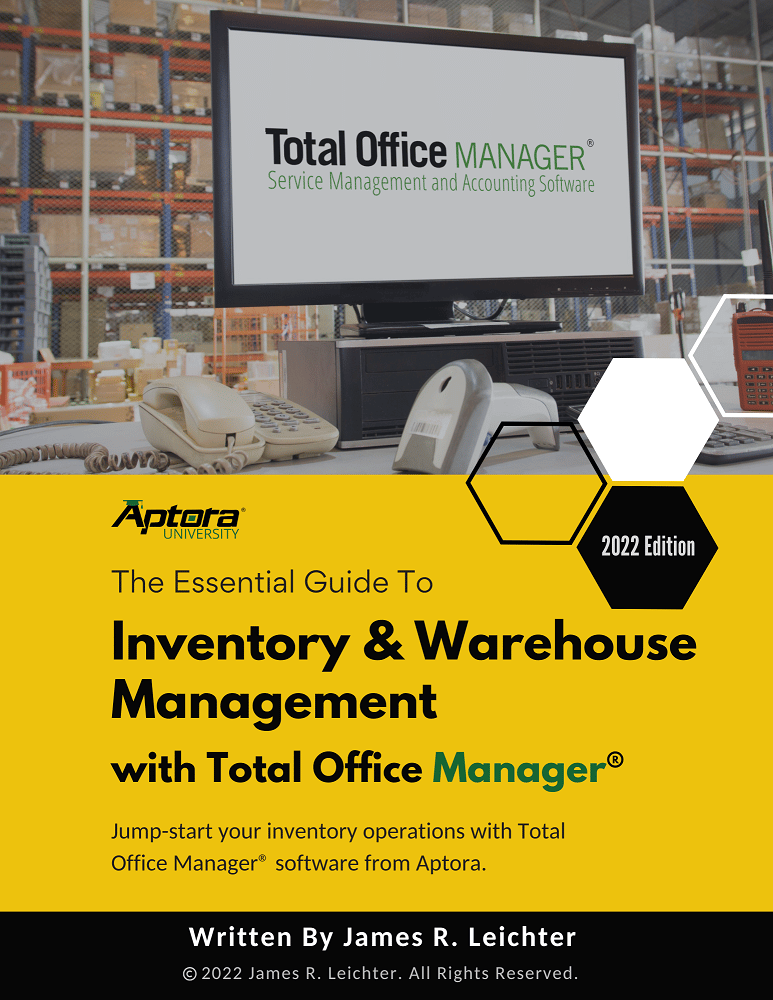
The Profit-First Guide to Growing Your HVAC Business + Freebies
As a long-time HVAC industry consultant, I’ve helped countless companies grow and become more successful. Along the way, I’ve experienced both wins and setbacks, each

There are many Key Performance Indicators (KPIs) and Key Financial Ratios (KPIs) available to managers. The key to profitability in the contracting industry is controlling labor. One of the most important labor rations, if not the most important, is the Labor Efficiency Ratio.
This productivity measurement compares the labor hours paid versus billable hours recovered on service invoices. Dividing hours billed by hours paid yields this ratio:
Find out the total hours paid to service technicians from the payroll department. If a technician works in both service and installation, only include the hours worked in service. Next, add all the hours billed out on service invoices. Be sure to include hours worked on service agreements and maintenance.
This ratio is usually easy to generate, particularly with time & material pricing. However, it does not tell the complete story. For example, suppose a company pays its technicians based on billable time. In other words, the company only pays the technician for time that’s actually billed out to customers. Let’s suppose a technician only bills out 1,000 hours throughout the year; although there are approximately 2,000 available (without overtime). The technician’s efficiency ratio is 100% even though he/she has only billed out half the time available. The technician is only generating half the revenue he/she is capable of.
Keep your labor efficiency ratio at 75% or greater. You want to charge someone 75% of the total hours you pay your technicians.

Subscribe to our newsletter


By submitting this form, I agree to receive marketing communication via phone call, email, or SMS from Aptora.

By submitting this form, I agree to receive marketing communication via phone call, email, or SMS from Aptora.